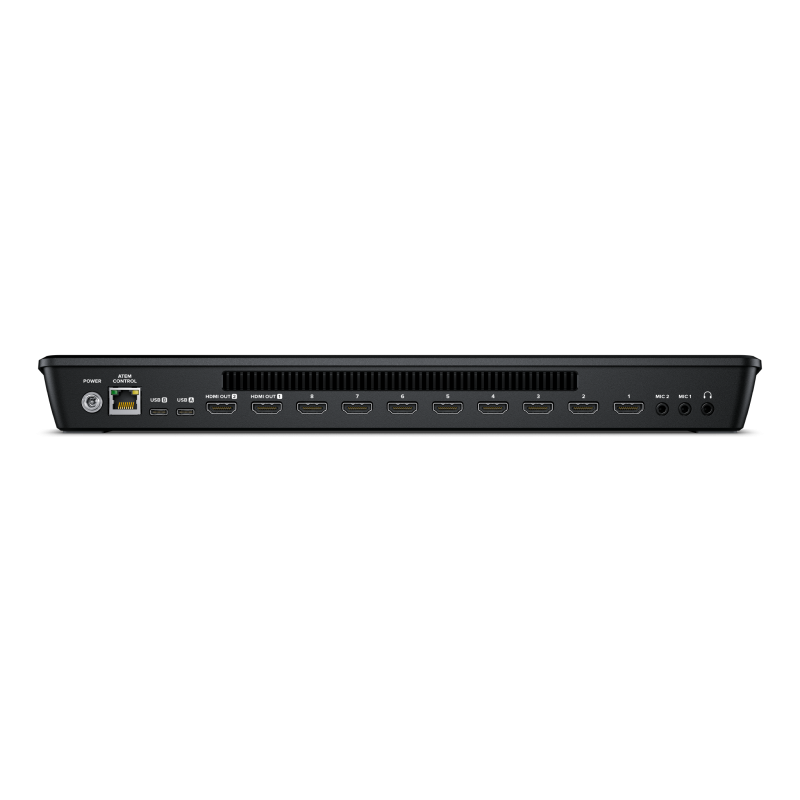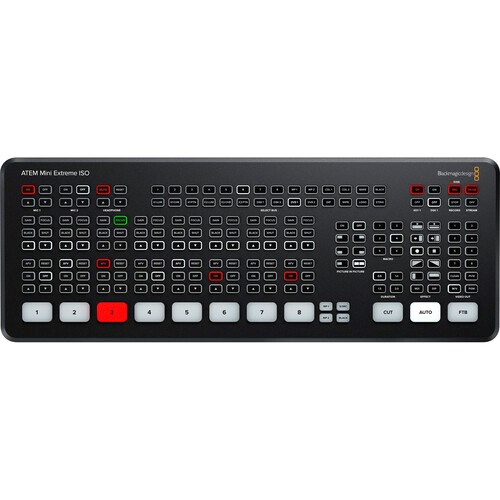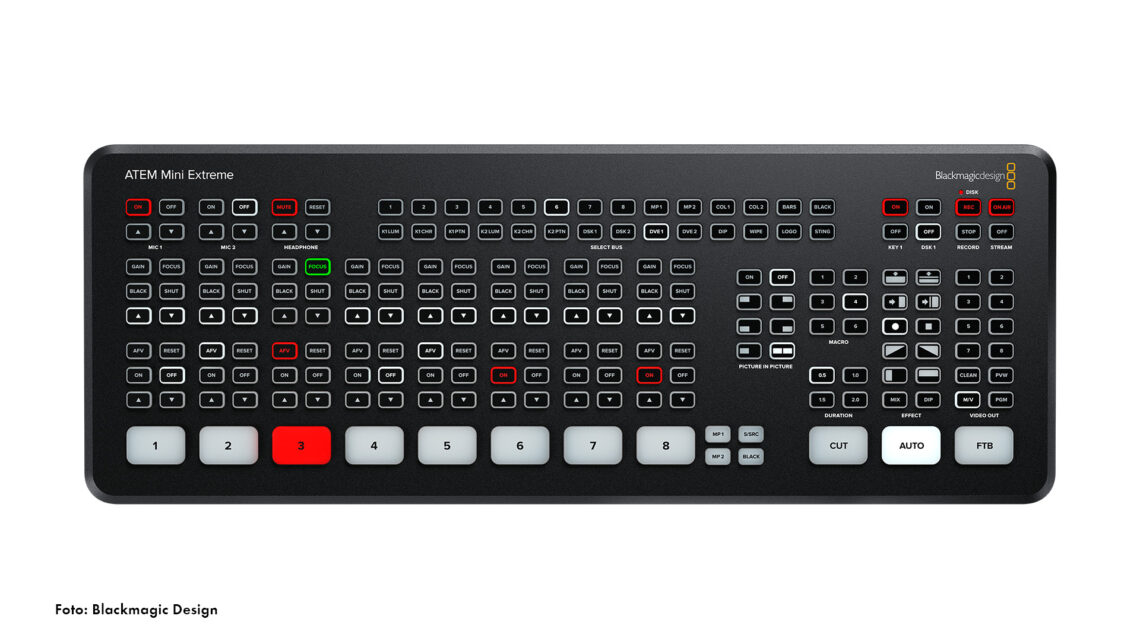


You guessed it - time for a macro! I'll remind you how to build a macro, and create one to save (and then restore) a circle Picture in Picture. So, in this video I'll give you a tour of those.įinally we get to the complicated job of saving these Upstream Key positions so we can recall them later. The “Pattern” option is another way to build your Picture in Picture, using a shape like a circle, diamond, triangle, or even multiple squares and rectangles to “crop” or “mask” your Upstream Key! While some of these shapes are seemingly useless, they do allow you to easily do things like create a circle mask - quite a cool option. The problem with modifying the DVE effects is that if you accidentally press one of those four Picture in Picture preset buttons, not only will it move your DVE Upstream Key layout to that position, but there's no “undo” - no way to get back to where you were! (We'll solve that with a macro though don't worry!) Think of it like a layer in Photoshop, where you just put the top layer anywhere you like. It is quite simply an “overlay” of another source being fed into the ATEM, which you can scale, crop, and position anywhere you want. The “ DVE” option - or “Digital Video Effect” - is what the default Picture in Picture is made from. I'll cover Luma and Chroma in other videos, as those are quite advanced, however the Pattern and DVE ones are simpler to use and are what are covered in this video. That Upstream Key can be created four different ways - Luma, Chroma, Pattern, or DVE. The Picture in Picture is actually something called an “upstream key”, or a USK. While useful in its own sense, the real power is in positioning, scaling, and cropping those PiP layouts wherever you want. Press one of the four preset corner buttons next the on/off buttons, and the PiP (abbreviation for “Picture in Picture”) moves to that corner. Neat! When you enable it, a small box appears in the top right corner with another input in it.

Your ATEM Mini has a set of buttons called PICTURE IN PICTURE. Taking control and customizing your Picture in Picture, or PiP, on the ATEM Mini, ATEM Mini Pro, ATEM Mini Pro ISO, or ATEM Mini Extreme (wow this list is getting long!) is easy to do - but if you're not careful, all of your hard work can be wiped away in an instant! Learn how to customize - and protect - your custom Picture in Picture layouts.


 0 kommentar(er)
0 kommentar(er)
